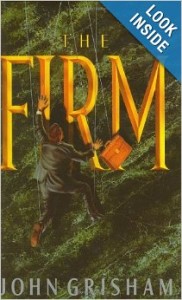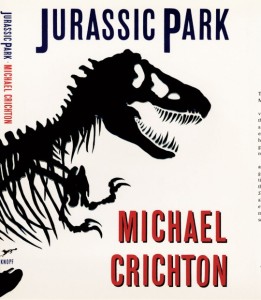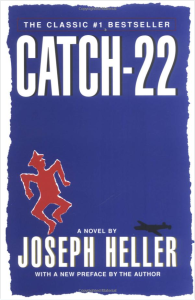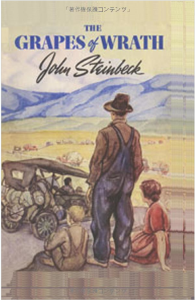John Grisham, the king of the legal thrillers, has a new book out. So, what’s new about that? For more than two decades, Grisham has been writing about a book a year, starting with “A Time to Kill” in 1989. We’ll consider both the new book and all Grisham books in order.
What’s interesting about “Sycamore Row,” this year’s release, is that it brings us back to the Ford County Courthouse and some characters of “A Time to Kill.”
You’ll remember that riveting first novel was a story of race, violence, and small time prejudices. In some ways, it echoed the themes of “To Kill a Mockingbird.” (The film version starred a young Matthew McConaughey as lawyer Jake Brigance, Samuel L. Jackson as his client, who had killed two men who raped his daughter, and Sandra Bullock in a supporting role.
According to Wikipedia, the idea for the first book came from a real case:
“As he was hanging around the court, Grisham overheard a 12-year-old girl telling the jury what had happened to her. Her story intrigued Grisham and he began watching the trial. He saw how the members of the jury cried as she told them about having been raped and beaten. It was then, Grisham later wrote in The New York Times, that a story was born.
Musing over what would have happened if the girl’s father had murdered her assailants,
Grisham took three years to complete his first book, ‘A Time to Kill.’ Finding a publisher was not easy. The book was rejected by 28 publishers before Wynwood Press, an unknown publisher, agreed to give it a modest 5,000-copy printing.”
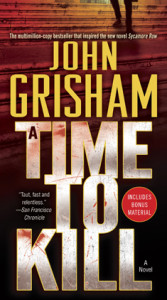
Now, defense lawyer Jake Brigance is back in “Sycamore Row” in another racially charged trial. I’m looking forward to meeting Grisham on that familiar terrain. Now, let’s move on to the Grisham books in order.
Grisham’s themes are clearly defined. Corruption, greed, and untidy justice permeate his work. Large corporations and Big Money exert cruel power over the weak…until a lawyer (usually flawed) takes up the cause. This rings a bell with me. Behind the judge’s bench in every Miami courtroom is the sign, “We Who Labor Here Seek Only Truth.” You can see the sign, barely, in this goofy publicity shot of me when I was flogging my first novel, “To Speak for the Dead,” many years ago.
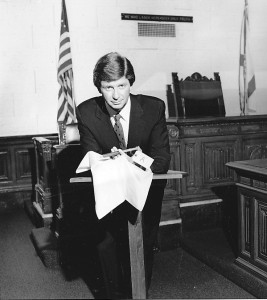
My fictional lawyer, Jake Lassiter, examined the sign and cracked, “There oughta be a footnote. Subject to the truth being concealed by lying witnesses, distorted by sleazy lawyers, and overlooked by lazy judges.” I think Grisham’s protagonists would agree.
But back to Grisham’s oeuvre. It was Grisham’s second novel, “The Firm,” that rocketed him to the top of the charts and spun off the hit Tom Cruise movie. A young attorney is seduced by the pay and perks at a Memphis law firm that is actually a front for the mob. Chaos and murder ensue.
The rest, as they say, is history. Omitting the “Theodore Boone” young adult books and some non-fiction, here are:
GRISHAM BOOKS IN ORDER
A Time to Kill (1989)
The Firm (1991)
The Pelican Brief (1992)
The Client (1993)
The Chamber (1994)
The Rainmaker (1995)
The Runaway Jury (1996)
The Partner (1997)
The Street Lawyer (1998)
The Testament (1999)
The Brethren (2000)
A Painted House (2001)
Skipping Christmas (2001
The Summons (2002)
The King of Torts (2003)
The Bleachers (2003)
The Last Juror (2004)
The Broker (2005)
Playing for Pizza (2007)
The Appeal (2008)
The Associate (2009)
The Confession (2010)
The Litigators (2011)
Calico Joe (2012)
The Racketeer (2012)
Sycamore Row (2013)
GRISHAM BOOKS IN ORDER: A FAVORITE QUOTE
Yes, the man is prolific. Just typing all those titles wore me out. I’ll leave you with a quote from young lawyer Rudy Baylor, a classic Grisham underdog in “The Rainmaker,” who takes on a massive insurance fraud case against overwhelming odds. “I’m alone and outgunned, scared and inexperienced, but I’m right.”


